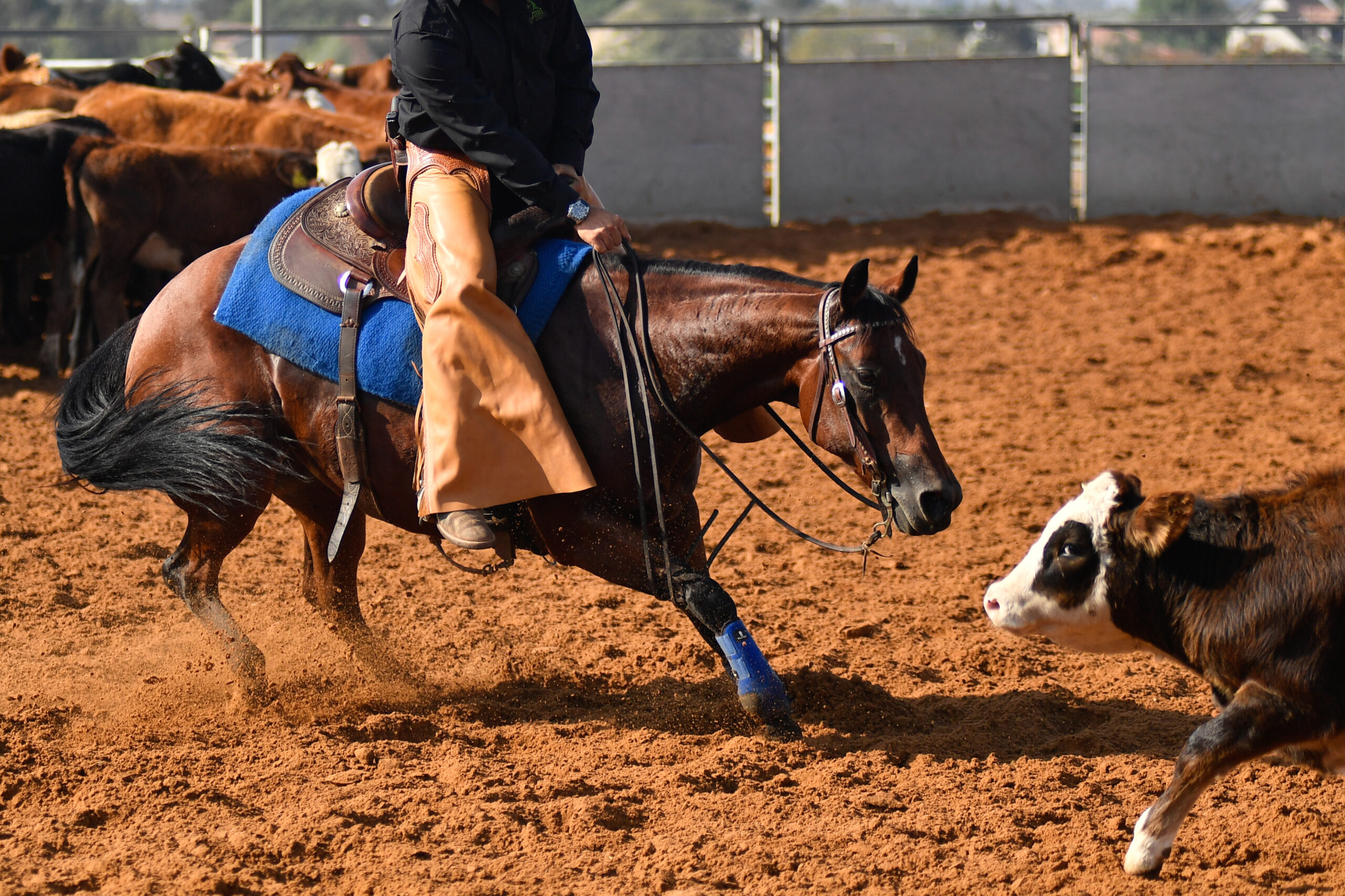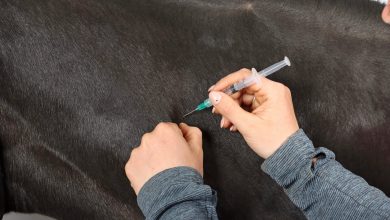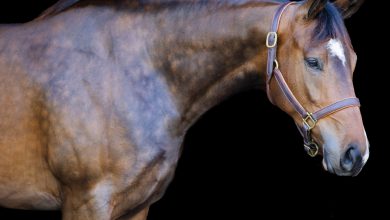Do These 5 Things to Help Prevent Arthritis in Your Performance Horse

This article is part of our Navigating Equine Arthritis Awareness Campaign, brought to you by American Regent Animal Health.
Arthritis is a common concern among horse owners, especially those with performance horses. The wear and tear of training, competition, and daily activities can take a toll on a horse’s joints, leading to arthritis over time. Fortunately, there are steps you can take to help prevent arthritis and keep your performance horse in top shape. Here are five easy ways to support joint health and prevent arthritis in your equine athlete:
Maintain a Healthy Weight
Excess weight puts additional strain on the joints, increasing the risk of arthritis development. Ensure your performance horse maintains a healthy weight through a balanced diet and regular exercise tailored to his workload. Consult with a vet or equine nutritionist to create a suitable feeding plan that supports optimal body condition without excess stress on the joints. An overweight horse is at risk for a variety of issues, including strain on his joints.
Regular Exercise and Conditioning
Consistent, appropriate exercise is essential for maintaining joint health and muscle strength in performance horses. Implement a well-rounded training program that includes warm-up and cool-down routines. Do varied workouts to prevent repetitive strain, and allow adequate rest periods to allow the joints to recover. Gradual conditioning helps build strong, resilient joints and minimizes the risk of arthritis-related issues. Take time to build your horse’s stamina, and don’t skip the warm-up to allow his joints to adapt to the level of exercise you’re asking him to perform.

Quality Hoof Care
Proper hoof care is integral to overall joint health in horses. Regular trimming, shoeing, and monitoring for any signs of lameness or imbalance can prevent joint stress and injuries that may contribute to arthritis. Work with a reliable farrier to ensure your horse’s hooves are well-maintained and balanced. This will provide a solid foundation for sound movement and reduced joint strain.
Nutritional Support
Incorporating joint supplements into your horse’s diet can provide targeted support for joint health. Look for supplements containing ingredients like glucosamine, chondroitin, MSM, and omega-3 fatty acids, known for their anti-inflammatory and joint-protective properties. Consult with your veterinarian to determine the most suitable supplement regimen based on your horse’s individual needs and workload.
Regular Check-ups
Routine vet exams play a crucial role in early arthritis detection and prevention. Schedule regular check-ups for your performance horse to monitor joint health, address any subtle signs of discomfort or stiffness, and discuss preventive measures with your vet. Early intervention and proactive management can help mitigate the progression of arthritis and ensure your horse’s long-term soundness and performance longevity.
More Ways to Help
Constant Movement. Motion is lotion. Consistent exercise tailored to your horse’s comfort and athletic level is critical to keeping him limber. In addition to regular riding as appropriate, provide him with as much pasture turnout as possible.
Good Ground. Work your horse in good footing with a solid, even, not-too-hard surface. This helps prevent missteps and lessens the ongoing stress that contributes to degeneration over time. Avoid riding or turning out on slippery ground. On the trail, steer clear of rock-hard surfaces or unsafe terrain.
Stalling. Keeping your horse on concrete is tough on legs; if you can’t avoid it, be sure to use good stall mats and plenty of bedding to provide cushioning.
READ: Is Your Horse Suffering From Arthritis?



